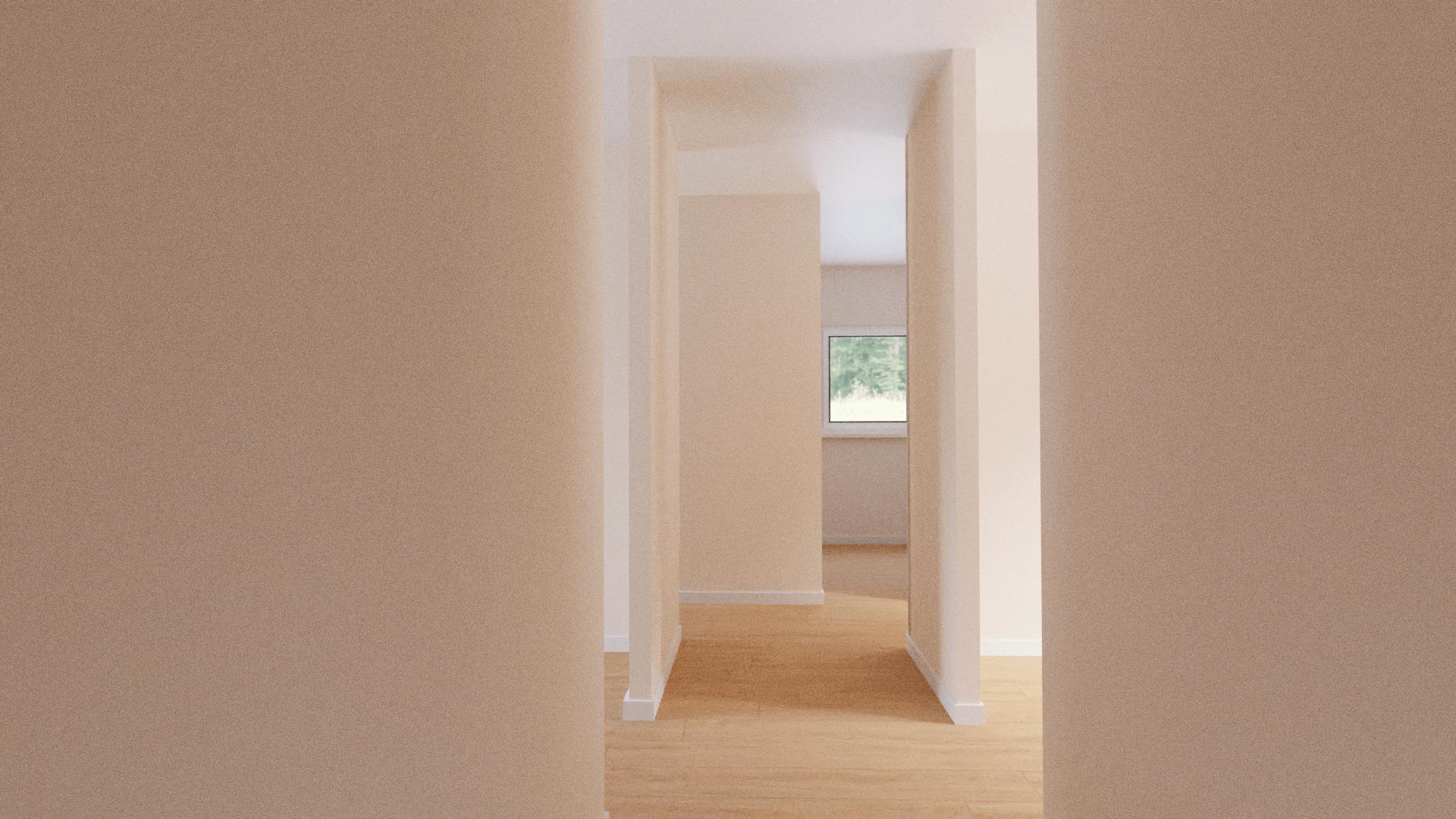I'm trying to model my apartment for a restoration. I can't get the outdoor natural light of the sun. The scene remains always too dark and full of noise fireflies.
As you can see from the photos the sun was not even so bright, but the interior of the apartment is completly lit.
This is the result of my render:
 I'm using an HDRI image as env. texture.
I'm using an HDRI image as env. texture.
Can someone fixing this scene, dark room and noise? Has blender a limit?
I really couldn't find any answer, every similar question on internet has no answer.
I tried to tweak the exposure value, env. texture strength, light bounces, light clamping, sky texture, portals on windows, transparent material for windows with no results.
I'd prefer not using fake lamps but let blender simulate the natural light physics.











